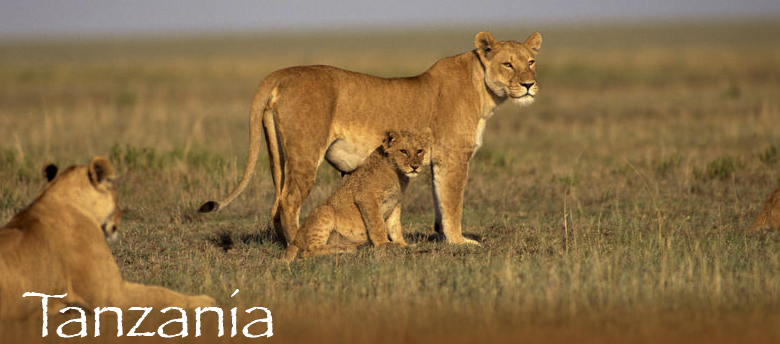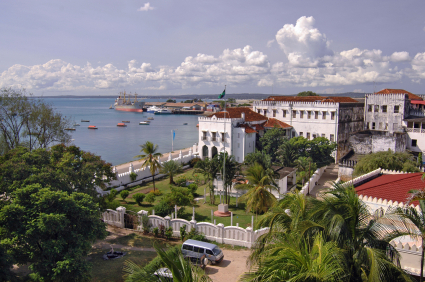m
The heart of Dr. Livingstone lies in the hills of this island prodigy washed by the Indian Ocean. On the land where he hid the last beat of one fighter against slavery grew a tree whose wood cross that left the small chairs the Anglican cathedral of Stone Town, the capital of this magical archipelago of Tanzania.
Stone Town we saw the mix of architectural styles. The minarets (structure) are raised here and there, the colonial buildings emerge next to a Hindu temple, the twisting alleys marked with an Arabic accent, the market Darajani us to dive into a myriad of colors, shapes and fragrances to his side stands a Persian hammam-style … Zanzibar is a land of mergers and encounters: here was born the Swahili language, the fruit of the union between the Arabic and Bantu languages of Africa.
Navigating their coasts on the African continent reached the coast of this island wakes boats, Egyptians, Greeks and Phoenicians. Later the sailors discover the Persians and Arabs and sometime later the Portuguese, who settled there an intermediate port for trips to the mainland Portuguese Asia. The Portuguese domination lasted a century and a half, until the sultanate Ománse, became the center of the slave trade.
As on other islands around the mainland, Zanzibar has a bitter past related to human trafficking. One and a half million Africans passed through the spooky dungeons of the island on their way to their target market. To not forget that horrible human tragedy was erected in a church that can still be seen the remains of an activity which operated at full capacity until the early twentieth century.
It is paradoxical that the privileged environment of the islands serve as a backdrop for such atrocities. Here the vegetation is a spectacular emerald green and nutmeg, cardamom, ginger, cinnamon and cocoa growing spreading its aroma accompanied by a luxuriant jungle full of birds, which fly more than a hundred butterfly species (some large as the palm of one hand) and still roam the very small Zanzibar Leopard. Jozani in reserve, we may see, with luck, an ape endemic to the island, the Red Colobus.

The seabed of the archipelago of Zanzibar are, if possible, so surprising as the surface of the island. Not surprisingly, coral reefs Boribo, Nyange, Murogo or the north coast is a mecca for divers from around the world. Beneath the waves on this side of Indian life and the colors are multiplied fish of every kind and color, herds of dolphins, turtles … Until the whale shark is a regular visitor of these extensions of coral.
Zanzibar Island is a quiet and yet vital power, a superb combination brought about by people who live on fishing, the cultivation of spices, crafts and, increasingly, tourism.
Consider the local life is the only consolation is that visitors to mimic the misfortune of not being able to stay under the bright blue skies and integrated into the hustle and bustle of the fishermen unloading their catches abundant trapped in the reefs.

While delighting us with any of the dishes offered by this land of almost spontaneous (maybe a fresh pineapple, a coconut, or a good fish on the grill) on the beach, maybe a splash of women running in the water scared to stocks its siege of networks. The catch is sold at the foot of the barge, while an outcry from laughing children played soccer on the sand.

These are certainly places that make you think that returning to nature was the best thing that can happen to men.
Leave a Reply
You must be logged in to post a comment.
Recent Comments